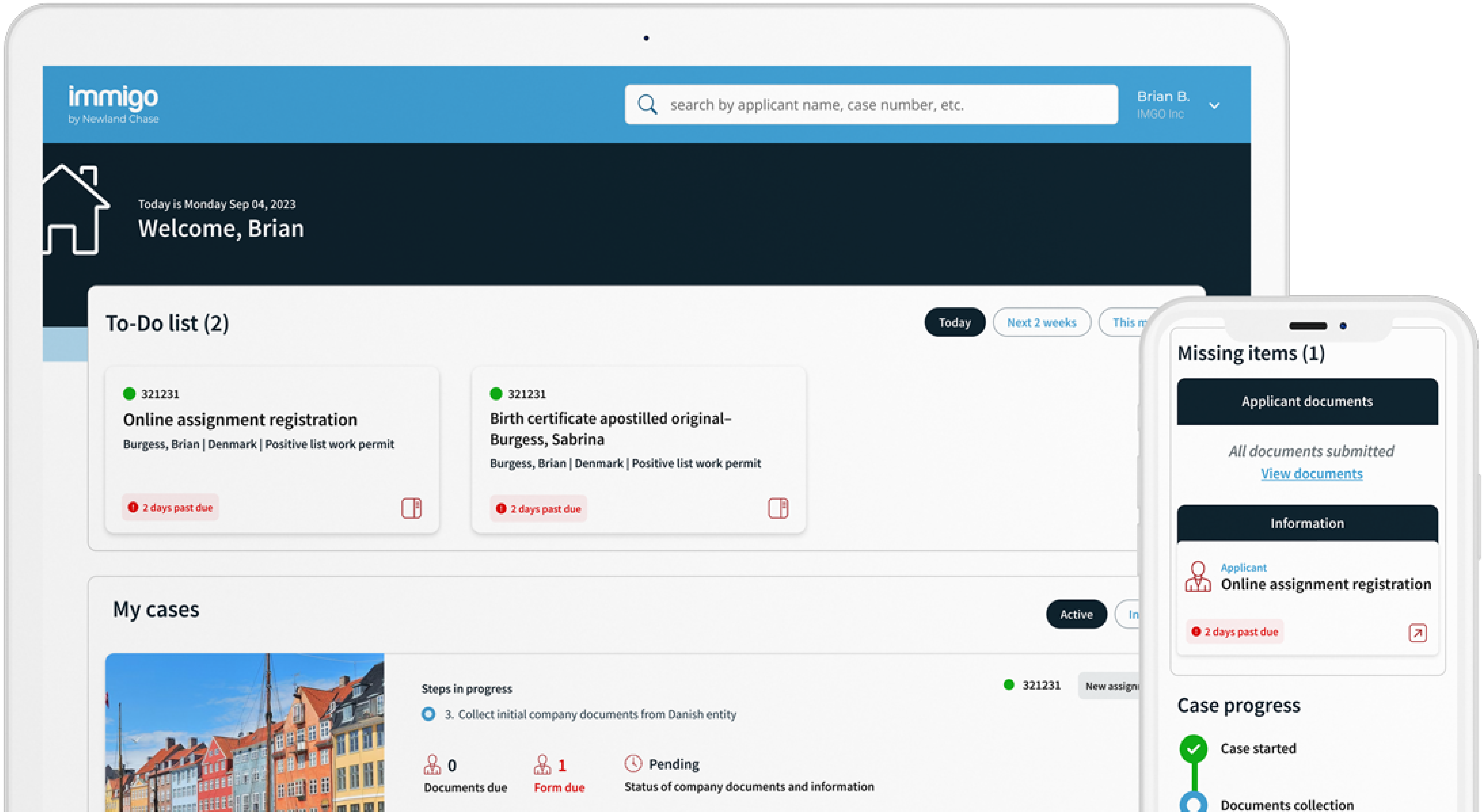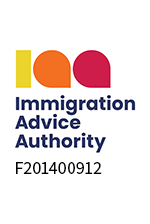Get The Visibility Your Company Needs
Reduce compliance risks and mobility costs while managing individual and project-related travel with ImmiSMART: the solution that unifies your travel and mobility programs.
AUSTRALIA: Federal Budget Analysis
October 14, 2020
The release of the 2020-21 Budget has revealed a number of planned changes to the Department of Home Affairs and the migration program, with significant changes to the General Skilled, Family, and Global Talent categories.
Watch Now! COVID-19 and Mobility Webinar: Current Australia Travel and Immigration Strategies
The migration program numbers are based on some key assumptions; one being that a COVID-19 vaccine will be available by the end of 2021, which will result in borders gradually opening, and another being that bilateral agreements will form to open ‘travel-bubbles’ (between Australia and Singapore, Taiwan, Japan, and South Korea) such as the recent agreement with New Zealand.
Below we take an in-depth look at the changes and how migrants and businesses will be affected.
Planning Levels
Changes to the program planning levels will see a notable drop in Independent and State Nominated Skilled visa places, refocusing the Immigration program on attracting Global Talent as well as investors, business owners, and entrepreneurs. It is hoped that by attracting this talent pool, it will in turn generate jobs for Australians.
Employer Sponsored, Global Talent, and Business visas will be given priority amongst the Skilled Stream.
Partner visas have received a substantial boost to quota for this program year, with the aim to reduce wait times and reunite families.
Across all visa streams, onshore applicants will be given priority.
Planning Levels 2020-21 to 2019-20
|
Stream and Category |
|||
| Skill Stream | 2020-21 | 2019-20 | Difference |
| Employer Sponsored | 22,000 | 30,000 | -8,000 |
| Skilled Independent | 6,500 | 18,652 | -12,152 |
| Regional | 11,200 | 23,000 | -11,800 |
| State/Territory Nominated | 11,200 | 24,968 | -13,768 |
| Business Innovation & Investment program | 13,500 | 6,862 | +6,638 |
| Global Talent | 15,000 | 5,000 | +10,000 |
| Distinguished Talent | 200 | 200 | 0 |
| Family Stream | 2020-21 | 2019-20 | Difference |
| Partner | 72,300 | 39,799 | +32,501 |
| Parent | 4,500 | 7,371 | -2,871 |
| Other Family | 500 | 562 | -62 |
| Special Eligibility | 100 | 236 | -136 |
| Child (estimate; not subject to a ceiling) | 3,000 | 3,350 | -350 |
When comparing the planned quota with the actual outcomes of 2019-20, it should be noted that the differences are not as significant as first appear. As per the table below, Skilled Independent visas were already well under quota at the end of the 2019-20 program year, so in reality there will only be a drop of almost 6,500 places.
In addition, comparisons show that the actual outcomes for Family Stream visas (other than Partner visas) were already lower than the new quota despite a decrease in planning numbers. This means that in reality, applicants for these visas should notice little to no change for the coming year.
Planning levels 2020-21 vs Actual Outcomes 2019-20
|
Stream and Category |
|||
| Skill Stream | 2020-21 program | 2019-20 actual | Difference |
| Employer Sponsored | 22,000 | 29,261 | -7,261 |
| Skilled Independent | 6,500 | 12,986 | -6,486 |
| Regional | 11,200 | 23,372 | -12,372 |
| State/Territory Nominated | 11,200 | 21,495 | -10,295 |
| Business Innovation & Investment program | 13,500 | 4,420 | +9,080 |
| Global Talent | 15,000 | 4,109 | +10,891 |
| Distinguished Talent | 200 | 200 | 0 |
| Family Stream | 2020-21 | 2019-20 | Difference |
| Partner | 72,300 | 37,118 | +35,182 |
| Parent | 4,500 | 4,399 | +101 |
| Other Family | 500 | 444 | +56 |
| Special Eligibility | 100 | 81 | +19 |
| Child (estimate; not subject to a ceiling) | 3,000 | 2,481 | +519 |
| TOTAL | 160,000 | 140,366 | +19,634 |
Employer Sponsored
Businesses and applicants will face increased scrutiny on the ‘genuineness’ of any positions nominated for Employer-Sponsored visas, as the Australian Government focuses on ensuring jobs for Australian workers.
New Labour Market Testing requirements for temporary visas were introduced on 1 October (read more here), with Immigration announcing an expectation that there would be advertising for permanent visa positions as well.
Priority will continue to be given to applications with an occupation on the Priority Migration Skilled Occupation List (PMSOL), with new priority for onshore applicants where the sponsor is in a regional area.
Temporary Skilled visa holders currently offshore will be able to have the lodgement fee for a subsequent visa waived to enable them to return to Australia once the borders reopen.
General Skilled Migration
With almost 26,000 places slashed from the Skilled Independent and State Nominated visa streams, competition for invitations is expected to be at an all-time high. Applicants will be forced to consider employer-sponsored and regional visas, meaning businesses need to be aware of work conditions and limitations on visas, as well as eligibility requirements for the sponsored visas.
Again, priority will be given to onshore applicants and especially for those applying for a family-sponsored Subclass 491 Skilled Work Regional visa.
A pathway to permanent residency through the Subclass 189 NZ Stream visa will be opened up to more New Zealand Citizens, with applicants who have met the taxable income requirements in three of the last five financial years (including the most recent year) now able to apply.
Business Investment and Innovation
On 1 July 2021, Immigration will refocus the program to identify higher value investors, business owners, and entrepreneurs. Changes will be introduced to changes to improve the quality of investments and applicants, and visa application charges will increase by 11.3% on this date.
Global Talent
A high priority for Immigration in the 2020-21 program year, the Global Talent scheme to attract international businesses and exceptional talent to Australia has received triple its usual quota (up to 15,000 places).
Building on the existing program, and focusing on three key sectors – advanced manufacturing, financial services (including FinTech), and health – the Australian government hopes to ‘turbo-charge’ the creation of jobs and inject new investment into emerging technologies and industry.
Partner Migration
Partner visa applicants with a sponsor residing in regional Australia will be prioritised in the increased program quota.
Expected in late 2021, the Family Sponsorship framework currently used for Subclass 870 Temporary Parent visas will be introduced to Partner visas, complementing the strengthened Family Violence provisions within the program.
In addition to the existing requirement for character clearances, Sponsors must agree to enforceable sponsorship obligations and sharing of information with the applicant before they can be approved. An approved sponsorship application will be required before a Partner visa application can be submitted.
With a plan to support social cohesion and economic participation outcomes, Immigration will introduce English language requirements for Partner visa applicants and their permanent resident sponsors. Set at Functional English level, evidence must be provided that the requirement has been met before a permanent Partner visa can be approved. The Minister has indicated that in some cases if a genuine effort has been made to achieve the required score through completion of the Adult Migrant English Program (AMEP), that a waiver may be available.
In anticipation of these changes, the Adult Migrant English Program (AMEP) has been reformed to remove limits on class hours and application timeframes for new migrants.
Subclass 300 Prospective Marriage visa holders who have been unable to enter Australia due to the border closures will be able to access a refund of the Government lodgement fees.
Other Visas
Application fee waivers and refunds will be available for current working holiday maker (Subclass 417 and 462) visa holders who are offshore and have not been able to travel to Australia due to the border closures.
Visitor visa holders will also be able to have the lodgement fee waived for a subsequent visa application once borders have reopened.
Australian Citizenship
Supporting an earlier announcement that the Citizenship test would change on 15 November 2020, the Australian Government has committed $62.8 million over 5 years to fund ‘social cohesion’ initiatives, promote Australian values, and enhance engagement with multicultural communities.
On-Demand Webinar | What does travel for Australian businesses look like in 2021?
Watch Helen Duncan, Immigration Director Newland Chase and Lee Smith, Commercial Director Newland Chase & CIBTvisas as they discuss what lies ahead both in terms of permanent and temporary movement to Australia, and also temporary movement of Australians to other parts of the world.
They will examine the recently-announced migration program and some of the requirements that have been put in place to meet the aims of the Australian budget: the recovery of the economy, the protection of Australian jobs for Australians and the health response to COVID-19. Watch now.
Our Advice
Employers who may be affected are encouraged to contact a Newland Chase immigration specialist for case-specific advice.
For general advice and information on immigration and business travel to Australia, please contact us




